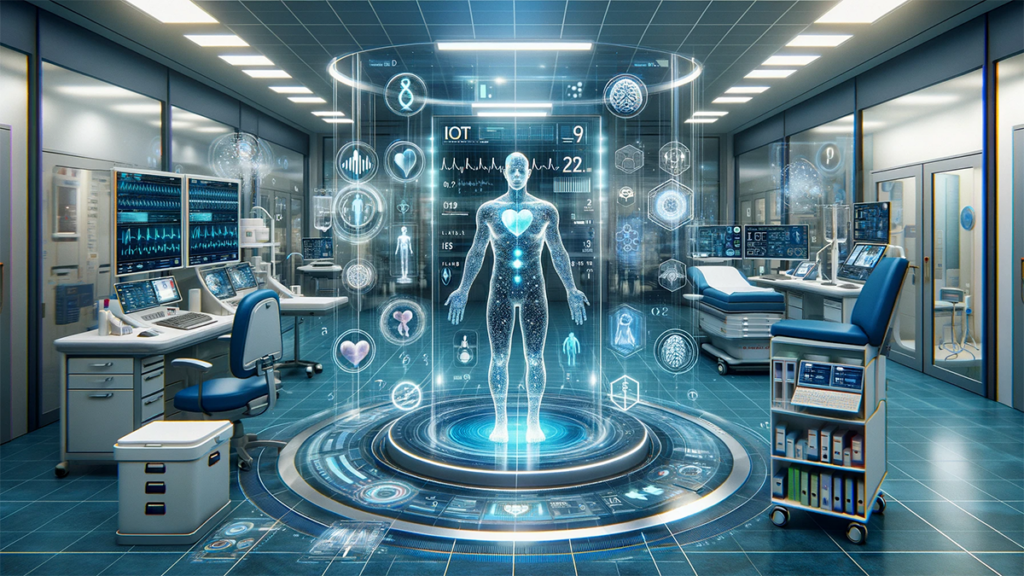Imagine a future where personalised healthcare is not just a concept but a reality enabled by the advent of digital twins and the Internet of Things (IoT).
Digital twins, computational models of physical objects or processes, are changing healthcare by providing virtual replicas of organs or even entire bodies. These models, updated with real-world data, allow for in-depth analysis and simulation of medical conditions without exposing patients to unnecessary risks.
Transforming cardiology
Already, we are witnessing the transformative impact of digital twins in cardiology. Companies are creating patient-specific heart models for drug testing and medical device design. This marks the beginning of a broader shift towards personalised treatment plans, reducing medical complications and enhancing the efficacy of treatments.
Potential in cancer treatment
In oncology, digital twins are set to reimagine how cancer treatment is approached. Collaborations between AI experts and cancer researchers are paving the way for the creation of digital replicas of tumours, combining genetic, molecular, and imaging data. This approach will enable the prediction of individual responses to drug treatments.
Personalisation
The essence of digital twins in healthcare lies in their ability to personalise treatment. By incorporating a patient’s unique genetic makeup, lifestyle, and environmental factors, these models offer a tailored approach to healthcare that was previously unimaginable.
IoT enabled healthcare
The Internet of Things (IoT) plays a crucial role in this healthcare revolution. Wearable devices and biosensors collect real-time health data, feeding into the digital twin for continuous monitoring and analysis. This integration of IoT with digital twins facilitates a more dynamic, responsive approach to health management.
Digital twins are also making strides in obstetrics. Models of the placenta, cervix, and uterus are being developed to understand and predict complications during pregnancy and childbirth. This could lead to significant advancements in prenatal care and maternal health.
Beyond individual patient care, digital twins are being used to enhance hospital management. By modelling patient flow and hospital processes, these systems can identify efficiencies and improve patient care, further solidifying their role in healthcare.
The challenges
Despite the promising future, digital twins in healthcare face challenges. Ensuring the fidelity of these models, managing vast amounts of data securely, and addressing ethical concerns are paramount. Moreover, integrating these systems into existing healthcare practices and ensuring regulatory compliance remain significant hurdles.
As we stand on the precipice of a healthcare shakeup, digital twins, powered by IoT, promise a future where medicine is not only more effective but deeply personalised. This blend of technology and healthcare offers treatments that are as unique as the individuals they are designed to help.
This digital future is complex and filled with challenges, but the potential benefits to humankind are far reaching, making it a pursuit worth undertaking.
There’s plenty of other editorial on our sister site, Electronic Specifier! Or you can always join in the conversation by commenting below or visiting our LinkedIn page.
